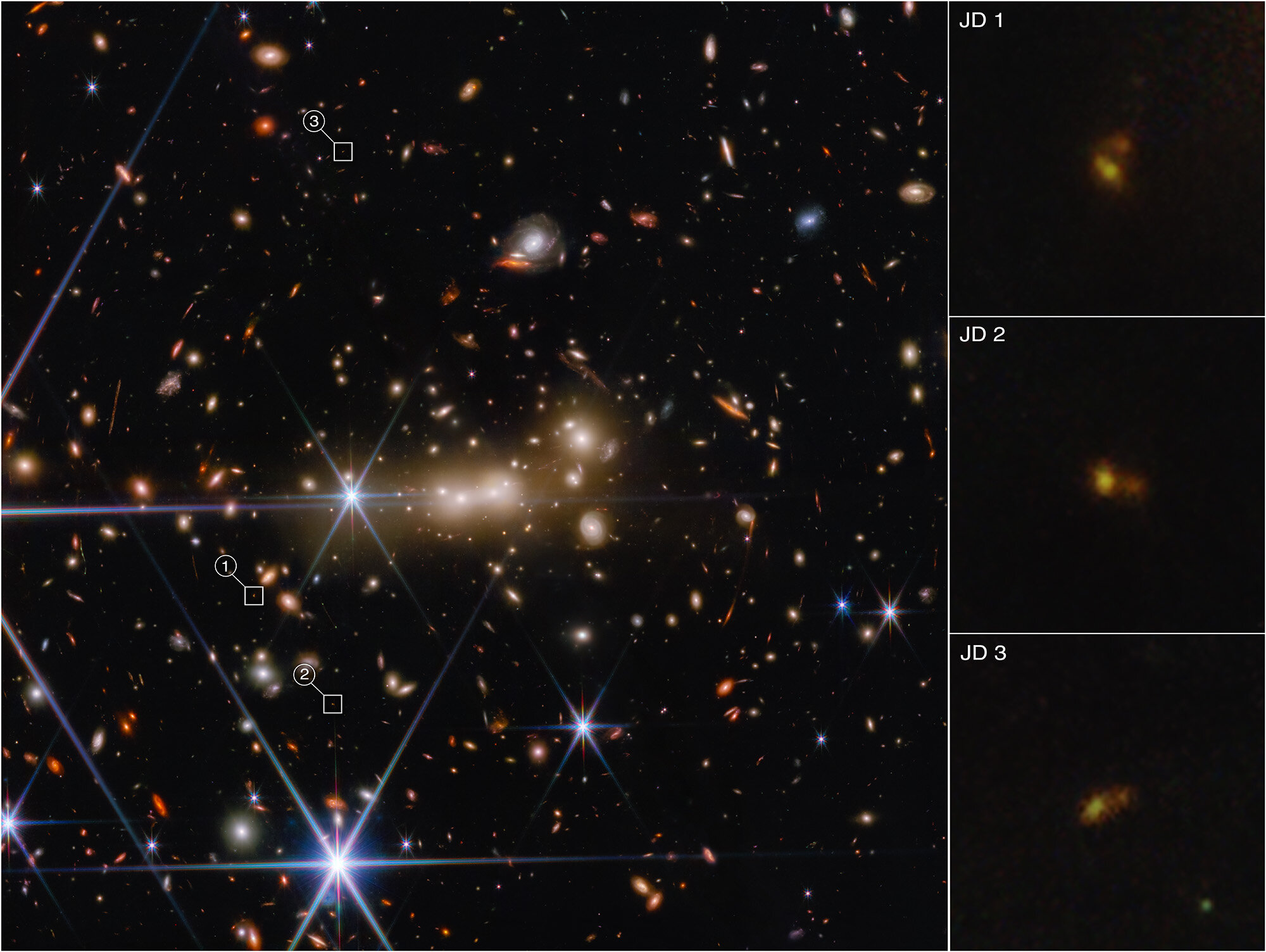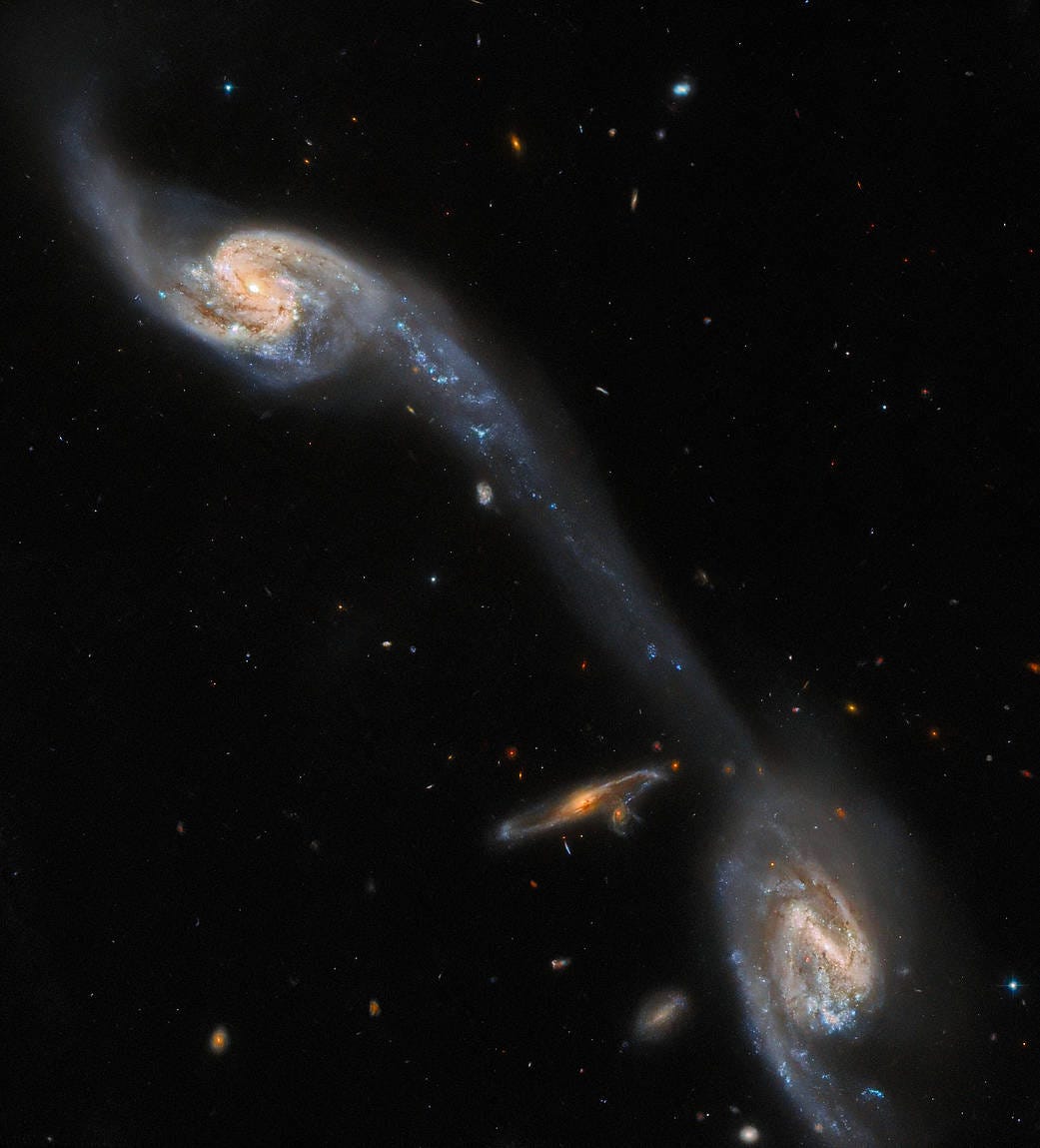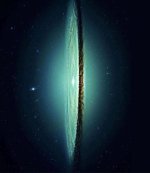inertia
Super Member
Pillars of Creation as imaged by Hubble and the James Webb Space Telescope --- > imaging through the dust
___
___



Icy Enceladus is very fascinating.

This discovery actually presented quite a problem. Link created to show why.Galaxy's detected at nearly 97% of the way back to the Big Bang:

The massive gravity of galaxy cluster MACS0647 acts as a cosmic lens to bend and magnify light from the more distant MACS0647-JD system. It also triply lensed the JD system, causing its image to appear in three separate locations. These images, which are highlighted with white boxes, are marked JD1, JD2, and JD3; zoomed-in views are shown in the panels at right. In this image from Webb’s Near Infrared Camera (NIRCam) instrument, blue was assigned to wavelengths of 1.15 and 1.5 microns (F115W, F150W), green to wavelengths of 2.0 and 2.77 microns (F200W, F277W) and red to wavelengths of 3.65 and 4.44 microns (F365W, F444W). Credit: NASA, ESA, CSA, STScI, Tiger Hsiao, Alyssa Pagan
Imaging two separate structures was a surprise since Hubble displayed only one galaxy. Mankind's ability to perform research about the evolution of galaxies in time has gained a lot of traction since the James Webb telescope was finally deployed.
"Every single one of them. It's amazing the amount of information that we're getting that we just weren't able to see before. And this is not a deep field. This is not a long exposure. We haven't even really tried to use this telescope to look at one spot for a long time. This is just the beginning."
___
Uranus at 19.194 AU from the sun, with an orbital inclination of 0.77 deg. to the ecliptic plane, also has a 97.86 deg. polar inclination to the ecliptic as shown below.
View attachment 4001
Image Credit: NASA, ESA, CSA, STScI, with image processing by Joseph DePasquale (STScI)
The gas giant also experiences 42 years of sunlight and 42 years of darkness from its 84 year orbit around our sun.
___________
.

This discovery actually presented quite a problem. Link created to show why.

